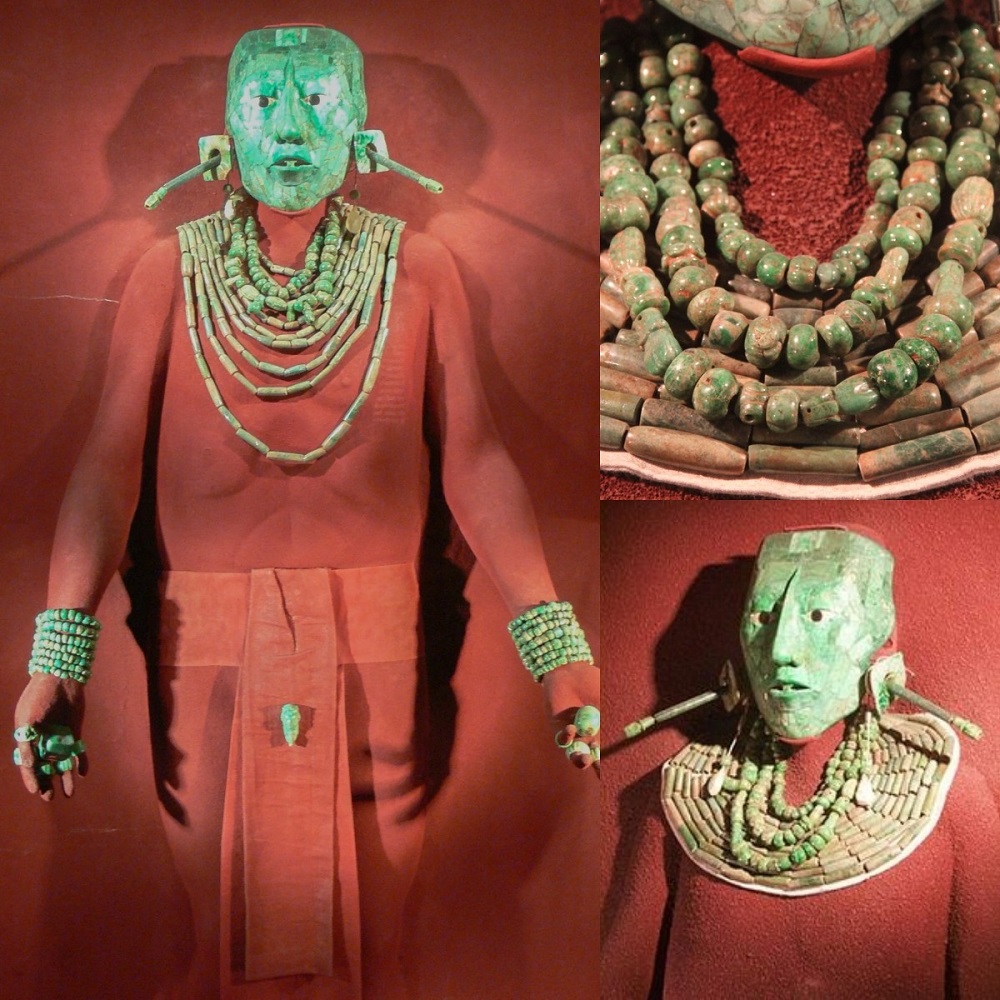The jade burial objects that once adorned the illustrious Maya ruler Pakal the Great have long been regarded as some of the most exquisite and culturally significant artifacts in Mesoamerican archaeology.
These objects, which served as symbols of wealth, power, and spiritual significance, offer a tantalizing glimpse into the rich tapestry of Maya civilization. Today, they are proudly showcased at the National Museum of Anthropology in Mexico, where they continue to captivate visitors from around the world.
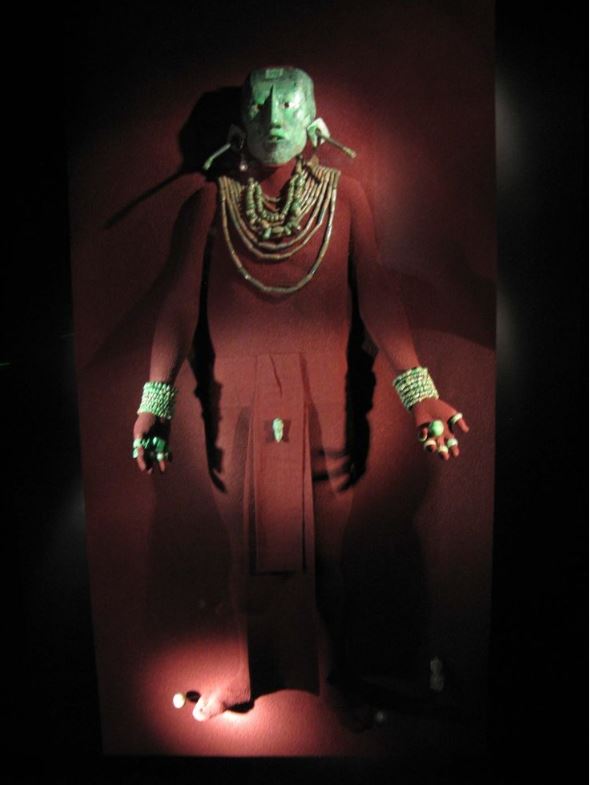
Pakal the Great, also known as K’inich Janaab’ Pakal, was a revered ruler of the Maya city-state of Palenque, located in present-day Chiapas, Mexico. His reign, which spanned from 615 to 683 AD, is considered one of the most prosperous and culturally vibrant periods in Maya history. Under his rule, Palenque flourished as a center of art, architecture, and intellectual achievement, leaving behind a legacy that continues to inspire awe and admiration to this day.
Upon his death, Pakal the Great was interred in a grand burial chamber beneath the Temple of the Inscriptions, one of the most iconic structures in Palenque. Among the treasures placed alongside his body were a remarkable array of jade objects, meticulously crafted and imbued with profound symbolic meaning.
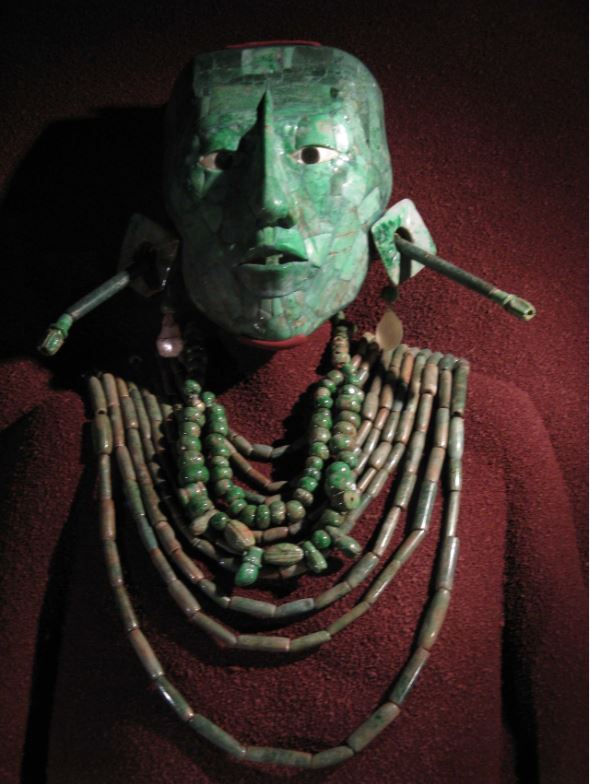
Jade held immense significance in Maya culture, revered for its rarity, beauty, and spiritual properties. It was believed to possess protective qualities and was often associated with fertility, royalty, and the gods. As such, jade objects were highly prized by the Maya elite and were frequently used in rituals, ceremonies, and burials.
The jade burial objects of Pakal the Great represent the pinnacle of Maya lapidary artistry. Among the most notable pieces are intricately carved masks, pendants, ear spools, and beads, each meticulously crafted from the finest jadeite and adorned with exquisite detail. These objects served not only as symbols of Pakal’s status and prestige but also as conduits for spiritual power and protection in the afterlife.
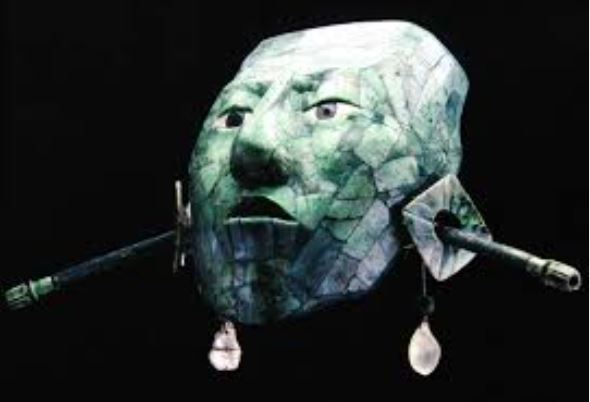
One of the most iconic jade artifacts associated with Pakal the Great is the ornate death mask that covered his face in death. Carved with remarkable skill and precision, the mask depicts Pakal in a serene and dignified pose, with eyes closed and lips slightly parted.
The intricate detailing of the mask’s features, from the finely sculpted eyebrows to the delicately rendered headdress, speaks to the mastery of Maya artisans.
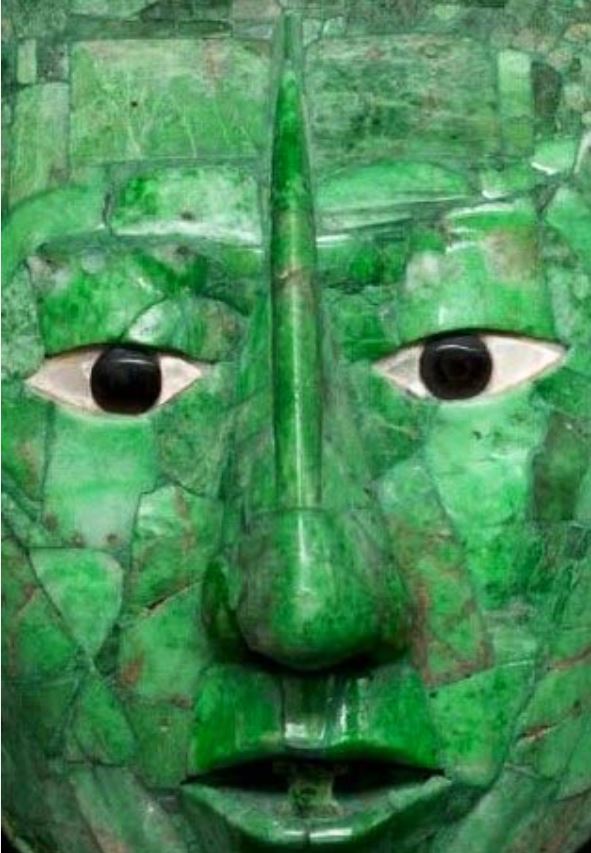
In addition to the death mask, Pakal’s burial also included jade pendants adorned with hieroglyphic inscriptions, which served as both adornments and mnemonic devices, preserving the ruler’s name and deeds for eternity. These inscriptions provide invaluable insights into Pakal’s life, reign, and religious beliefs, offering a window into the complex cosmology of the ancient Maya.
Today, the jade burial objects of Pakal the Great are housed in the National Museum of Anthropology in Mexico City, where they form a centerpiece of the museum’s Mesoamerican collection. Here, visitors can marvel at the exquisite craftsmanship and cultural significance of these artifacts, gaining a deeper understanding of the rich and vibrant world of the ancient Maya.
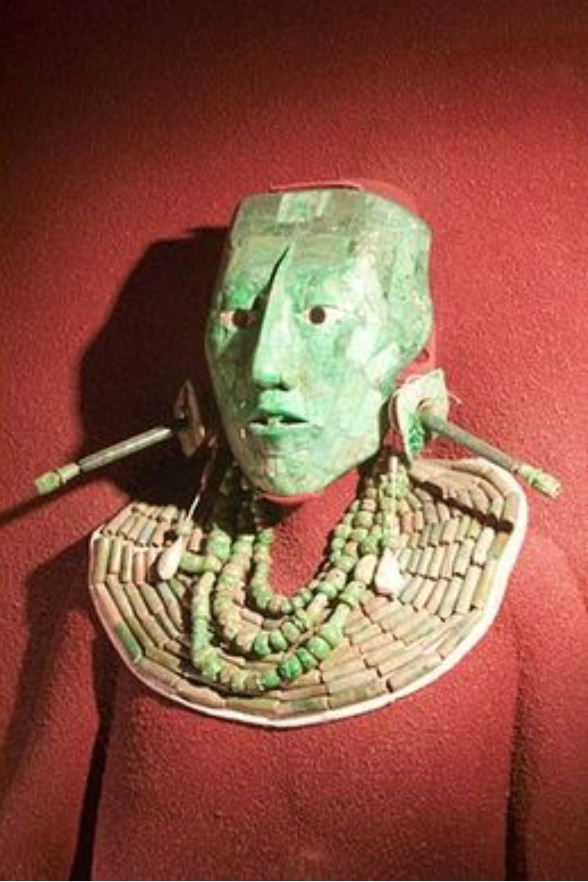
As they stand in the presence of these extraordinary objects, visitors are transported back in time to the height of Maya civilization, where rulers like Pakal the Great ruled with wisdom and vision, leaving behind a legacy that continues to resonate to this day.
Through the jade burial objects of Pakal, we are reminded of the enduring power of art, culture, and spirituality to transcend the bounds of time and space, connecting us to the ancient past and inspiring us to explore the mysteries of the human experience.
